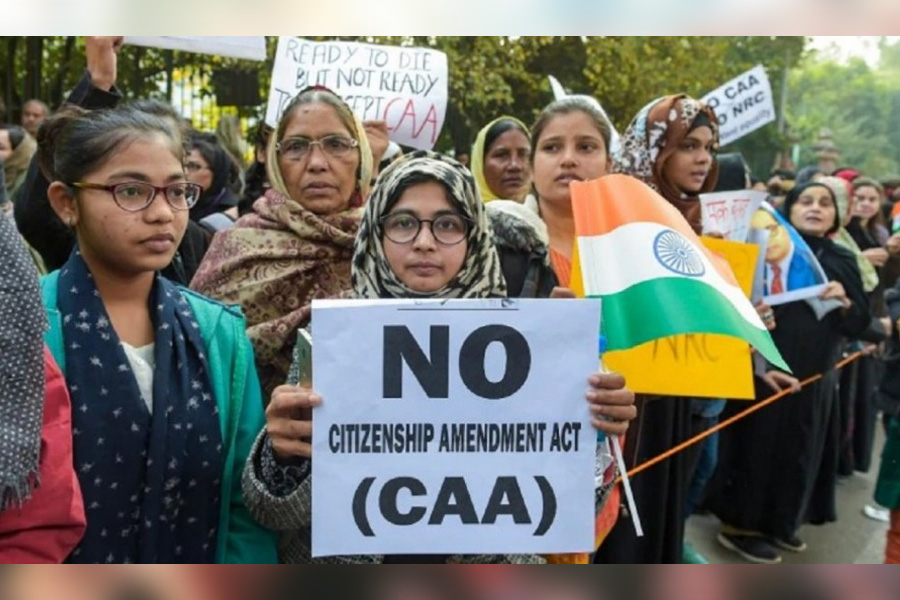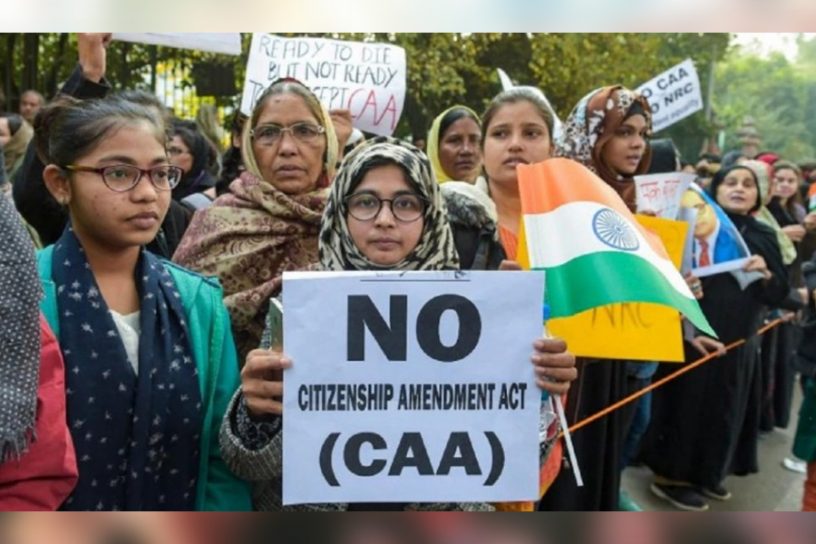
Using two examples – that of the Indian #MeToo movement and the Anti-CAA protest at Shaheen Bagh – this paper attempts to trace the complexities of online movements in India that have grown online and spread offline.
Author
Vidya Subramanian, Associate Professor, Jindal Global Law School, O.P. Jindal Global University, Sonipat, Haryana, India; Mittal South Asia Institute, Harvard University, Cambridge, MA, USA.
Summary
The public sphere has moved online, and with it, several versions of “protests” and “movements” too. We are living through a moment in history where the “due process” of law and justice may or may not follow the public demonstration of either injustice or democratic dissent. A “public” protestation in such a situation has very often meant “on social media”, giving even more credence to the idea that a successful protest is often one that “trends”.
This paper will address some of these issues in the context of India, where the spread of internet and social media in the past several years has been as quick as it has been widespread. Using two examples – that of the Indian #MeToo movement and the Anti-CAA protest at Shaheen Bagh – this paper attempts to trace the complexities of online movements in India that have grown online and spread offline. The many inequalities of access, class, caste, language, and internet literacy that exist in India provide a background for these movements and the idea of seeking justice.
The complexity of opaque algorithms that curate social media feeds makes the endeavour of seeking for and finding various forms of justice or solidarity – especially through the internet – even more complicated. The two movements – one that was born online and the other that was entirely offline; both operationalised the internet and particularly social media in ways that gave them more visibility and popularity.
Both movements were led by women, but one was mostly a movement of elites, while the other was led by those usually considered outside the mainstream. Using insights from Science Technology and Society (STS), this research effort hopes that reading these two cases together will be able to reveal some of the intricacies of the tricky nature of online justice seeking and the complex Indian digital space.
Published in: Legal Pluralism and Critical Social Analysis
To read the full article, please click here.


